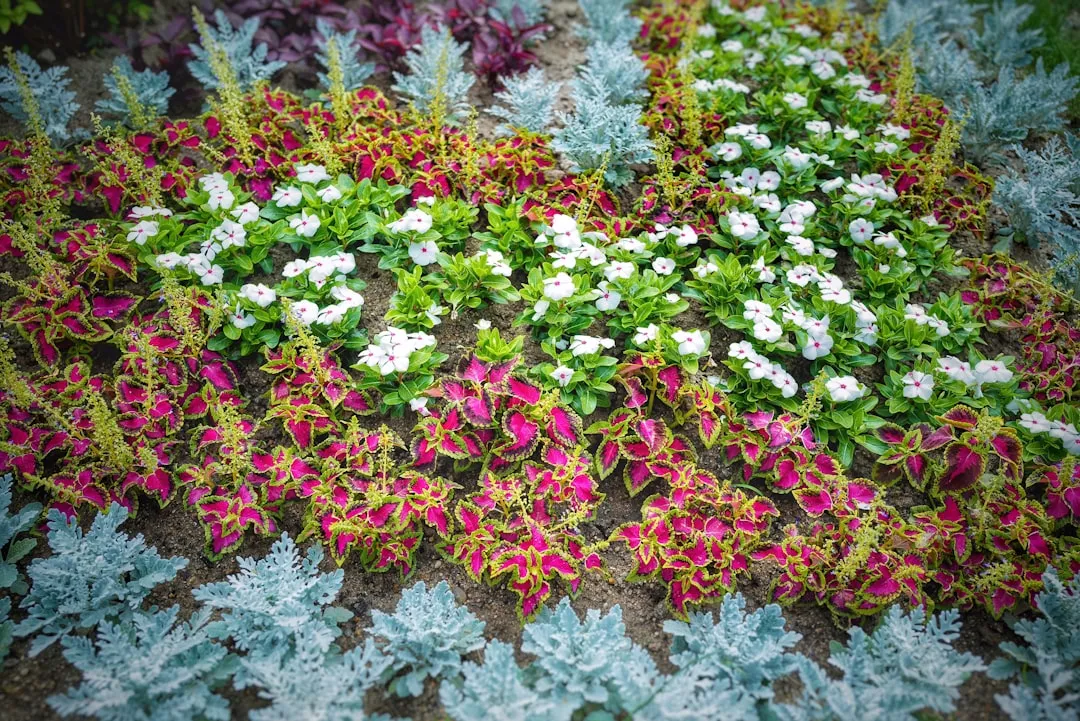Nurturing Your Lawn Through Drought: A Comprehensive Guide

Maintaining a lush and healthy lawn is a dream for many homeowners. However, when faced with drought conditions, the task becomes significantly more challenging. One of the most common mistakes in lawn care during dry spells is mowing the grass when it is too dry. This seemingly innocuous action can actually cause substantial damage to your lawn, leading to a host of problems that can be difficult and time - consuming to rectify.
When grass is too dry, its blades become brittle and prone to breakage. Mowing under these conditions can result in uneven cuts, leaving behind ragged edges that are more susceptible to disease and pests. Moreover, the stress from mowing dry grass can weaken the plant's root system, making it less able to absorb water and nutrients, further exacerbating the effects of the drought.
So, how can you properly care for your lawn during a drought? The first step is to adjust your mowing schedule. Instead of adhering to a regular weekly mowing routine, wait until the grass has received sufficient moisture. This could mean waiting for a rainfall or providing supplemental irrigation. When you do mow, set your mower blades to a higher setting. Longer grass blades provide more shade to the soil, reducing evaporation and helping to keep the root system cool. Aim to leave at least two - thirds of the grass blade intact after each mowing session.
Irrigation is another crucial aspect of lawn care during drought. However, it's important to water your lawn efficiently. Deep, infrequent watering is far more beneficial than shallow, frequent watering. This encourages the grass roots to grow deeper into the soil, where they can access more moisture. Water your lawn early in the morning, preferably between 4 a.m. and 10 a.m. This reduces water loss due to evaporation and allows the grass to dry before nightfall, minimizing the risk of fungal diseases.
When watering, use a soaker hose or a drip irrigation system. These methods deliver water directly to the soil, reducing runoff and ensuring that the water reaches the roots. Avoid using sprinklers, as they can waste a significant amount of water through evaporation and wind drift.
In addition to proper mowing and irrigation, fertilization also plays a vital role in drought - resistant lawn care. However, be cautious when applying fertilizers during a drought. Excessive fertilization can put additional stress on the grass, as it requires more water to process the nutrients. Instead, opt for a slow - release fertilizer that provides a steady supply of nutrients over time. This helps to maintain the health of the grass without overburdening it.
Another important aspect of lawn care during drought is weed control. Weeds compete with grass for water, nutrients, and sunlight. Therefore, it's essential to keep your lawn free of weeds. Hand - pulling weeds is a labor - intensive but effective method. You can also use herbicides, but make sure to choose products that are specifically designed for use during drought conditions and follow the instructions carefully.
Furthermore, aerating your lawn can significantly improve its health during a drought. Aeration involves creating small holes in the soil to allow air, water, and nutrients to penetrate more easily. This helps to alleviate soil compaction, which can restrict root growth. You can rent an aerator from a local hardware store or hire a professional lawn care service to perform the task.
Lastly, consider overseeding your lawn. Overseeding involves spreading grass seed over an existing lawn to fill in bare patches and thicken the grass. Choose a grass species that is drought - tolerant, such as Bermuda grass, Zoysia grass, or Buffalo grass. Overseeding should be done during the appropriate season, usually in the fall or spring, and requires proper watering and care to ensure successful germination.
In conclusion, caring for your lawn during a drought requires a combination of proper mowing, irrigation, fertilization, weed control, aeration, and overseeding. By following these guidelines, you can minimize the damage caused by drought and keep your lawn looking green and healthy. Remember, a well - cared - for lawn not only enhances the beauty of your home but also provides a comfortable and enjoyable outdoor space for you and your family.